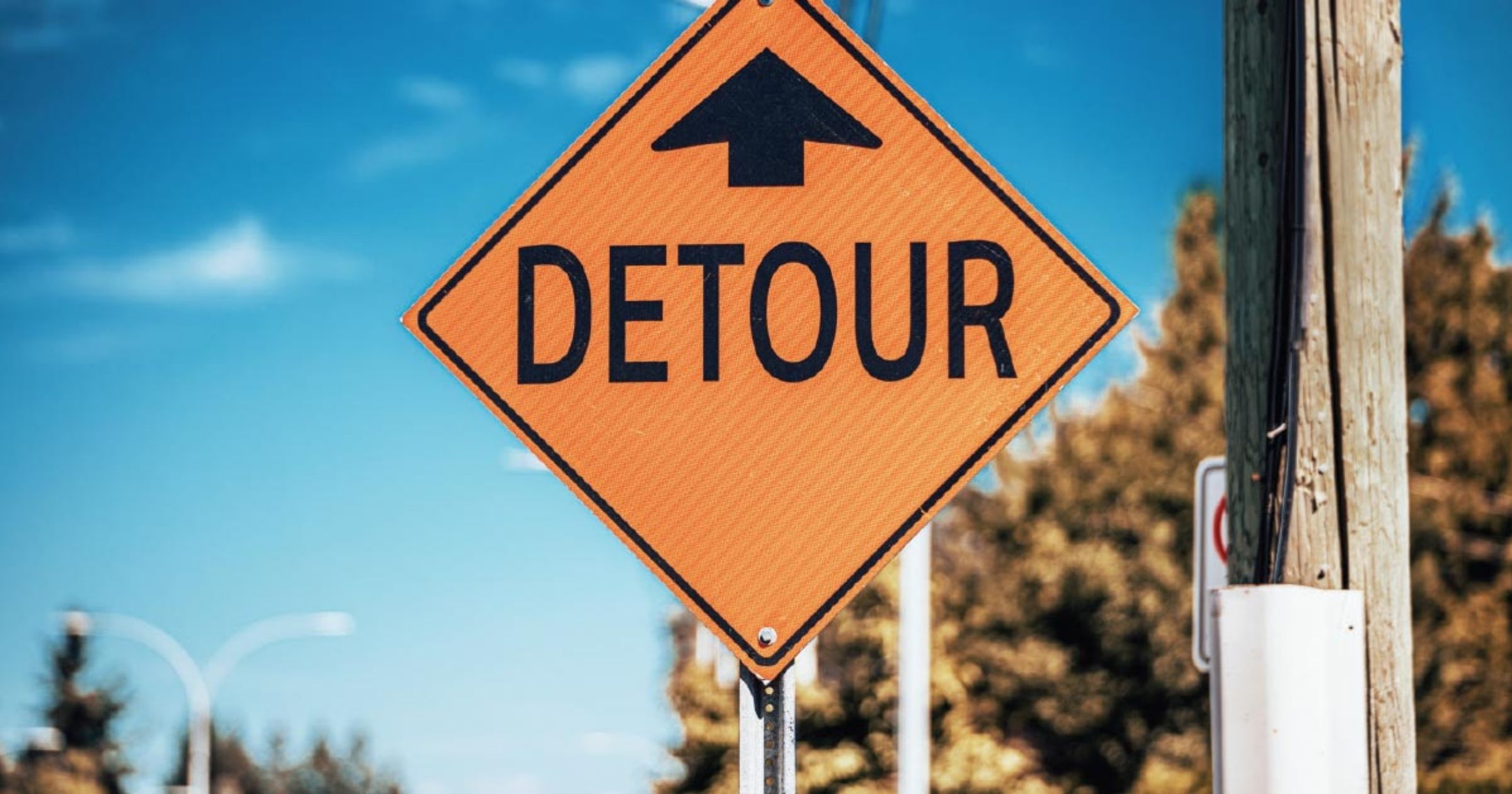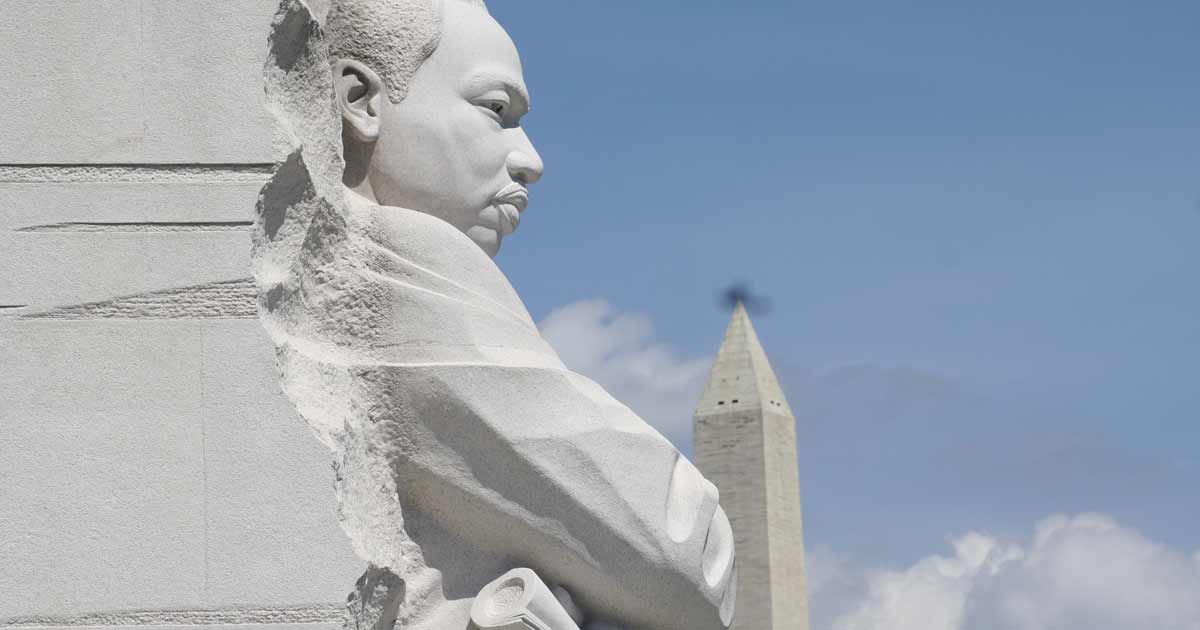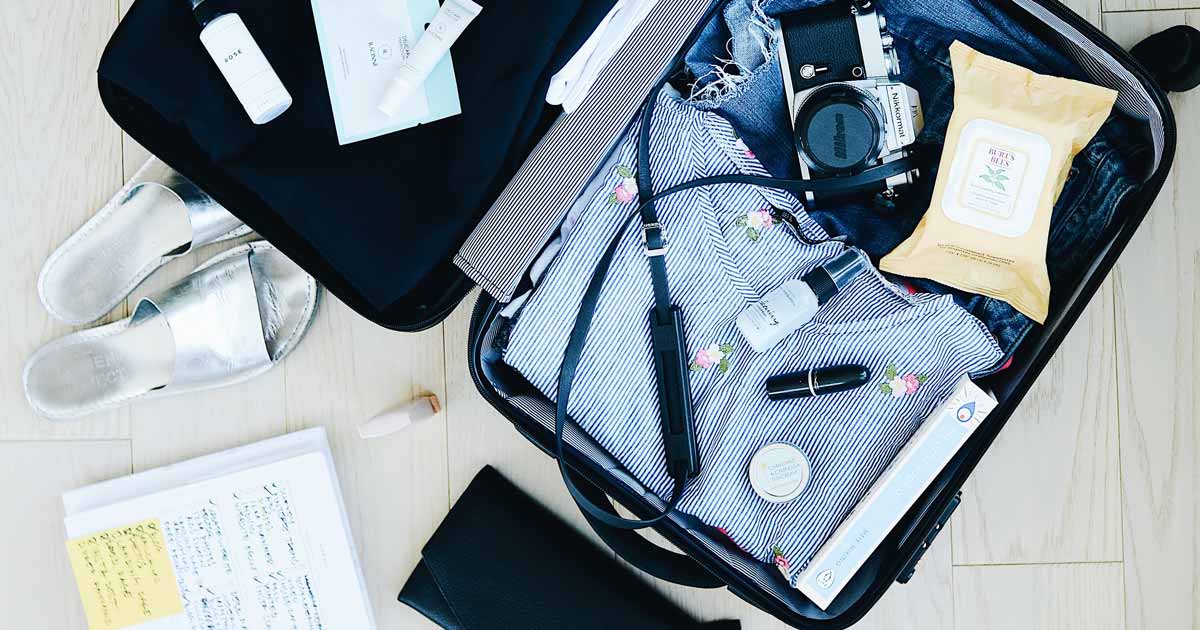How Do You Get Students Travelers to Wear Seat Belts?
Seat Belt safety is an issue that never loses its importance. Michael J. Bowers, Safety Consultant, Center for Student Travel Safety, shares his thoughts on what can be done to better protect travelers.
On May 17, 2018, a New Jersey school bus was in an accident that took the lives of one teacher and one 10-year-old student. Many other passengers were seriously injured. Although the bus was equipped with two-point seat belts, multiple students were thrown from the vehicle.
By June 25, the state Senate approved a bill that requires lap-and-shoulder restraints on school buses going forward.
Two years earlier there was a school bus accident in Chattanooga, Tennessee, resulting in six fatalities. Recently the National Transportation Safety Board (NTSB) released a report with several recommendations including installation of three-point seat belts on all new school buses, suggesting they provide the best protection. The report also suggests use of these could lead to reduced driver distractions and improved student behavior.
It's unfortunate that it takes a serious accident to enact laws that seem so obvious. The problem with these examples? They may not go far enough.
It's one thing to provide the seat belts. More important, they need to be used. Seat belt alert devices have also been considered but are not yet a recommendation. The alert would alarm when a student's seat belt wasn't fastened. In this case it appears that because riding in a school bus is one of the safest modes of transportation, the number of accidents and fatalities is not high enough to require the alarms.
Two-point seat belts have been in use for years and—when used—may save lives and reduce serious injuries. The problem here is enforcement and education. There are limited laws to make students wear seat belts and no one is on the bus to enforce the procedure. It would be challenging and distracting for bus drivers to assume the responsibility to ensure all seat belts are used, as their hands are full operating the equipment.
Until seat belt alarm systems are required, which in my opinion should be immediately, education may be the only alternative. At the very least, students must be informed of basic rules for riding a school bus.
This is where a tour operator could make a difference. When a tour operator provides tour leadership, they can ensure a safety briefing takes place before the vehicle departs. If they provide the chaperones, it should be easy to take a few moments to ensure all passengers have fastened their seat belts.
When the tour group is organized by a tour operator and tour leadership is provided by the school, the tour operator could take the positive step of advising their client on the importance of seat belt use and a related safety briefing. The FMCSA also provides an audio recording of the briefing, which could ensure the message in consistently delivered.
It may not solve the problem, but it just may save a life.
Here's wishing you all safe and healthy travels!
Written by Michael J. Bowers, Safety Consultant, Center for Student Travel Safety.



